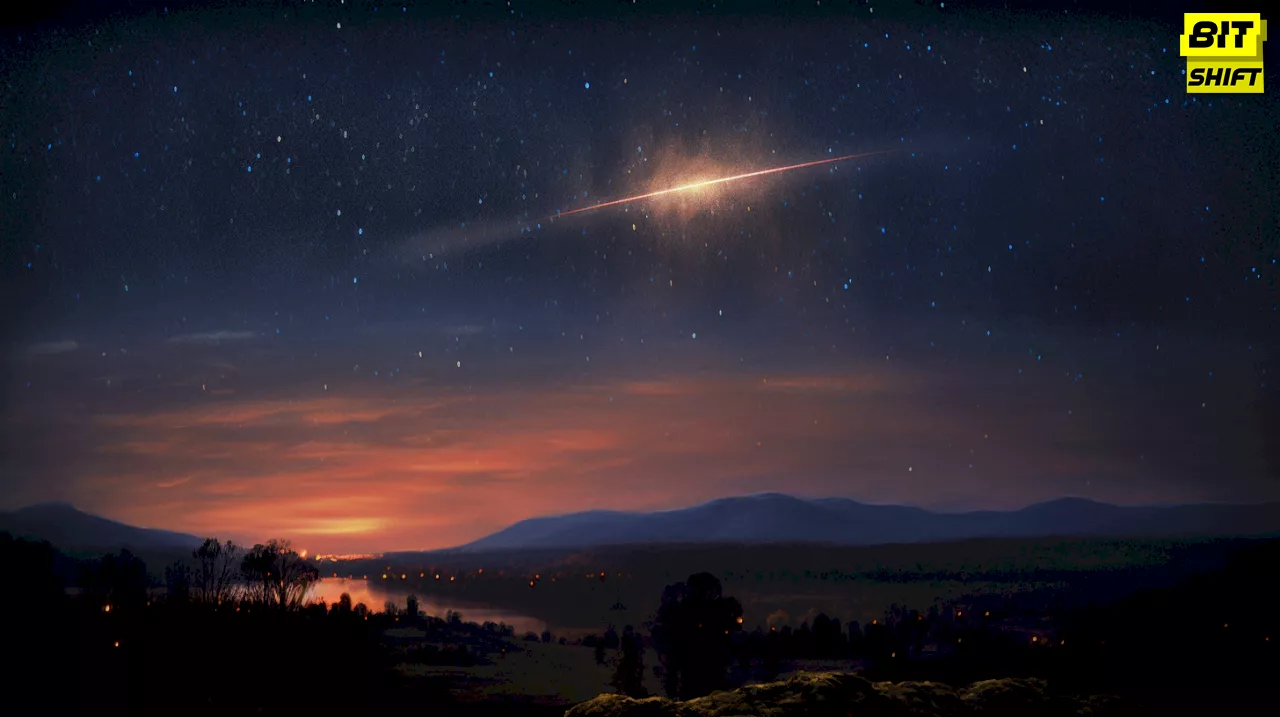
Summary
The 2023 Geminid meteor shower’s intricacies offer a deep dive into the origins of this spectacular astronomical event and provide viewers with insightful tips for optimal viewing.
Each year, the Geminid meteor shower captivates spectators worldwide with its spectacular display of shooting stars. In 2023, this majestic celestial event will peak on December 14, casting a spellbinding spectacle in the night sky. With no moon to interfere, sky watchers can expect an incredibly vibrant display, with up to 120 Geminid meteors lighting up the sky per hour under ideal conditions.
“Look up at the stars and not down at your feet. Try to understand what you see and wonder what makes the universe exist. Be curious.” – Stephen Hawking.
The Origin of the Geminid Meteor Shower
The Geminid meteor shower is a fascinating anomaly in the world of astronomy. It results from an asteroid known as 3200 Phaethon, which is unusual since most meteor showers are the offspring of comets, not asteroids. The difference between a comet and an asteroid is crucial in understanding this remarkable phenomenon.
Comets are essentially ‘dirty snowballs’ with a solid nucleus covered by ice. They revolve around the sun in elongated orbits, coming close to it before venturing far from it. As a comet approaches the sun, the ice layer sublimates, creating a visible coma or nebulous patch of light around the nucleus. On the other hand, asteroids are rocky objects with orbits more circular than comets. They appear star-like when observed through a telescope.
The Curious Case of 3200 Phaethon
Discovered in 1983 by Simon Green and John Davies, 3200 Phaethon is an intriguing celestial body. It was initially classified as an asteroid, but its orbit matches that of the Geminid meteor shower, making it the first discovered asteroid associated with a meteor shower. The mystery of how material from 3200 Phaethon’s surface or interior is released into the meteoroid stream remains unresolved.
The asteroid’s proximity to the sun and elliptical trajectory beyond the orbit of Mars mean that meteor material intersects the Earth’s orbit every mid-December, resulting in the Geminid meteor shower. To investigate this anomaly further, the Japanese spacecraft DESTINY+ is set to launch in 2024, with an estimated asteroid visit in 2028.
Witnessing the Geminid Meteor Shower
The Geminid meteor shower is a reliable spectacle for those who watch around 2 a.m. local time from a dark-sky location. The meteors, originating from the Gemini constellation, streak across all parts of the sky. These meteors are often bright and quick, creating a memorable visual experience.
To optimize your viewing experience, aim to watch from a dark, open location and give yourself at least an hour of observing time. It is also recommended to watch with a companion, increasing the likelihood of spotting meteors.
Despite the peak viewing time being in the early morning hours, don’t be discouraged if you cannot watch during this time. The radiant rises in the mid-evening, and you may be lucky enough to spot an ‘earthgrazer’ – a slow-moving, long-lasting meteor that travels horizontally across the sky.
So, as 2023 approaches, mark your calendars for the Geminid meteor shower’s peak on the night of December 14. You might be treated to a spectacular show of up to 120 meteors per hour with dark skies and optimal conditions. The universe is ready to be displayed in all its grandeur.
Share the Article by the Short Url:






